Hip Joint Stiffness
Introduction of Hip Joint Stiffness
Hip joint stiffness is a challenging condition that makes daily duties and mobility difficult. Understanding the reasons, identifying the symptoms, and looking into therapies can help people find relief and enhance their quality of life, regardless of whether aging, injuries, or lifestyle choices bring it on.
Causes of Hip Joint Stiffness
Muscle tightness
Abnormalities in the hamstring, gluteal, and hip flexor muscles result in a restricted range of motion. Tight hamstrings can cause pain in the lower back and poor posture. Injuries are more likely to occur and imbalances can result from tight glutes. Stretching, strengthening, and corrective exercises address stiffness to increase hip function, decrease stress, and improve flexibility. For ongoing problems, it is advised to seek advice from a physical therapist or medical expert.
Inflammation of the joints
Stiffness and pain are caused by inflammation of the hip joints resulting from disorders such as bursitis, tendinitis, or arthritis. Hip tendon inflammation caused by overuse or injury is known as tendinitis, and it results in pain and restricted range of motion.
Trauma or Injury
Hip dislocations, fractures, and muscular strains are examples of prior traumas that can cause scar tissue to develop and limited hip movement.
Abnormal Posture
Hip pain and stiffness can develop over time due to extended standing or sitting, as well as repetitive activities that tighten the hip joints.
Age
The degradation and stiffness of the cartilage in the hip joint can be caused by age-related wear and strain, including osteoarthritis and avascular necrosis.
Symptoms of Hip Joint Stiffness
Difficulty moving: After sitting or lying down for a long, you may find it difficult to flex or move your hip joints.
Various levels of pain: Hip, thigh, and groin pain are possible locations for pain, which might vary in intensity.
Heat and edema in the hip joints might indicate inflammation.
Difficulty while exercising: This pain might be so severe that it makes it difficult to walk. It could, however, go worse after resting and get better with light activity. However, intense activity also typically results in pain.
When should you get medical attention?
symptoms like:-chills, fever, dizziness, and acute pain, especially in the groin or upper thigh, that gets worse as you try to raise your leg or spin it outward, as well as a sudden rash or redness around the hip and abnormalities, such as a hip deformity.
Another serious worry is the sudden incapacity to support oneself without experiencing excruciating hip pain or instability.
Diagnosis
After examining you physically, considering your medical history, and conducting tests, your doctor may determine that you have a stiff hip.
Among the things your medical history includes:
- any health issues
- Have you had recent falls or injuries diagnosed?
- a summary of other signs and symptoms
Your physician will carry out the following procedures when doing a physical examination:
Examine the skin around your hips, feel the joint, and note any sore spots.
While you stroll, have someone look at you for any problems or abnormalities.
Treatment of Hip Joint Stiffness
The main objective of the treatment approach is to address the underlying cause of a tight hip.
Physical therapy and anti-inflammatory painkillers are the usual treatments for hip stiffness.
- applying cold and heat treatment to the injured hip.
- improve mobility at home by executing actions using physical therapy or occupational therapy.
- Physicians may recommend more potent drugs. These consist of steroids, analgesics, and prescription-strength nonsteroidal anti-inflammatory medications (NSAIDs).
- Hip stiffness can also be relieved by cortisone injections.
- In the end, surgery could be necessary to treat hip stiffness brought on by an accident or OA.
Physical Therapy
Range of motion:
| Abduction | 0 to 45 degrees |
| Adduction | 45 to 0 degrees |
| Flexion | 0 to 135 degrees |
| Extension | 30 to 0 degrees |
| External rotation | 0 to 45 degrees |
| Internal rotation | 0 to 45 degrees |
Hip Inferior Glide: Using your hips flexed to a ninety-degree angle, do this technique while lying supine. To improve grip and decrease slipping on the client’s skin, the clinician can either employ a mobilization strap or clasp their hands at the superior proximal femur.
Hip Anterior Glide: The unaffected leg is draped over the afflicted leg at the knee while the affected leg is positioned in a figure-4 posture during anterior glides. The physician applies an anterolateral push to the proximal femur by making hand-over-hand contact below the gluteal fold.
Hip Lateral Glide: With a strap covering the proximal thigh and the hips stretched at a 90-degree angle, the patient is positioned on their back. For a lateral force to be applied via the strap around the client’s proximal thigh and the clinician’s hips, these two stabilizing points must work together. A straightforward adjustment in the clinician’s weight can provide this force. To help with mobilization, the clinician pushes their butt back and tightens the strap by bending back or doing an anterior pelvic tilt. By using a mobilization strap, a clinician and client with different sizes can have better grip, less skin sliding, and more room for size differences.
Flexibility, Strengthening, and Endurance Exercise
Patients with particular muscle limits, reduced hip (thigh) muscular flexibility, and inadequate hip range of motion should be treated by physicians with customized strengthening, endurance, and flexibility exercises. Exercises for group-based programs should be customized to address patients’ most pertinent physical disabilities. It is advised that individuals with mild to severe hip osteoarthritis take one to five times a week for six to twelve weeks as their course of therapy.
Stretching Activities
Reduce stiffness and increase flexibility with simple stretches focusing on the hip muscles. Your hips’ range of motion and stability can be enhanced by regularly stretching them.
Treatment with Heat and Cold
Hip stiffness can be relieved by putting heat packs on strained muscles or having warm baths. Hip stiffness-related pain can be eased and inflammation reduced by using ice packs or cold compresses.
Massage
In the hip region, light massage methods can reduce tension, enhance circulation, and encourage relaxation.
Functional, Gait, and Balance Training
When hip stiffness is observed and documented during a patient’s history or physical examination, clinicians should provide patients with hip stiffness impairment-based therapy alternatives, such as activity limitations, gait limitations, and balance impairment.
Posture Correction
Hip stiffness and soreness can be avoided by keeping proper posture and limiting extended sitting or standing times.
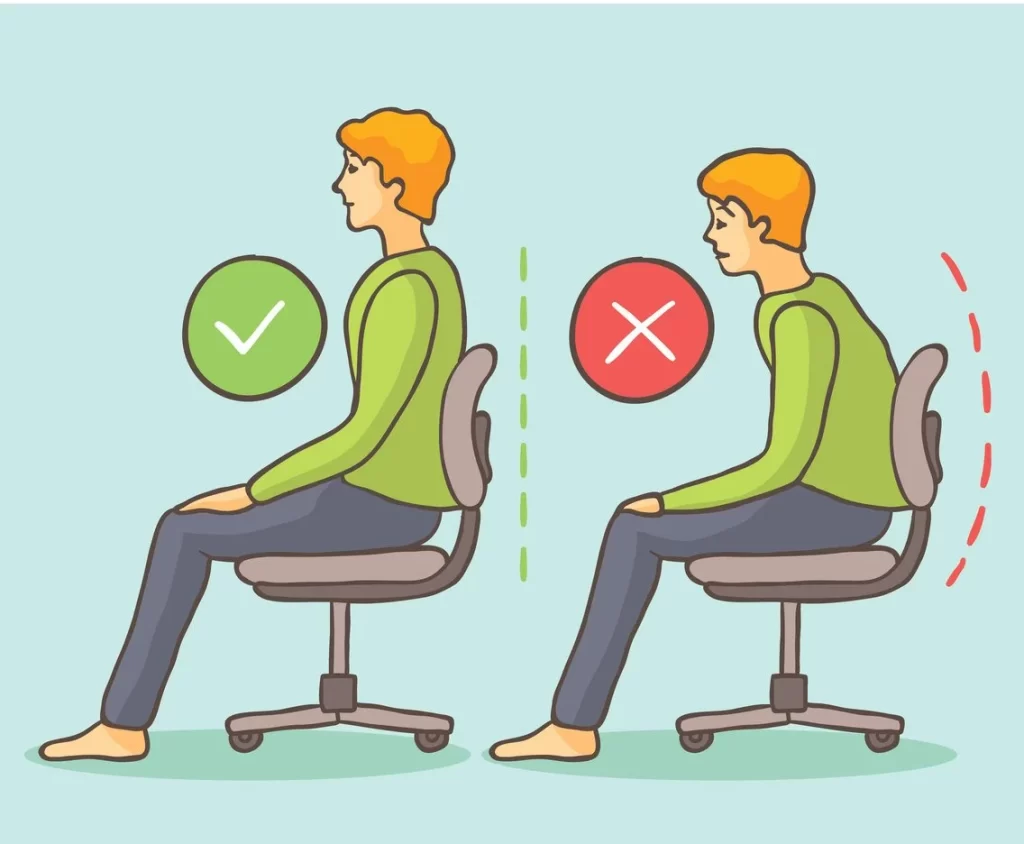
Prevention
Some cases of hip stiffness cannot be avoided. But keeping your weight within a reasonable range might help ease the pressure and strain on your hips. A stiff hip may be avoided by appropriately warming up, stretching, and cooling down after exercise.
FAQs
What can cause stiff hips?
Arthritis is more common in elderly persons. We now know that tight hips might be an indication of more significant hip disorders, which is something that people with stiff hips often ignore.
How can I loosen my stiff hips?
Hip FAI (hip arthritis) patients may not be able to fully extend their hip range of motion due to bone abnormalities. Stretches, yoga, and physical therapy can all aid in “loosening” and improving hip range of motion.
What’s the healing time for a stiff hip?
For mild problems, complete recovery often requires one to three weeks of rest and rehabilitation. Furthermore, injuries not immediately treated may need months to heal completely and may result in persistent pain.
Can sitting cause tight hips?
The hip flexors may experience tension or tightness after extended hours of sitting. This is because prolonged sitting makes the muscles relaxed and deactivated, or “turned off.” As a result, the hip flexors shorten, producing pain and stiffness.
References:
- Crna, R. N. M. (2020, April 24). What You Need to Know About Stiff Hips. Healthline. https://www.healthline.com/health/hip-stiff
- Hip pain. (n.d.). Versus Arthritis. https://versusarthritis.org/about-arthritis/conditions/hip-pain/
- Sloan, J. (2018, December 18). Hip Joint Stiffness Symptoms, Causes & Common Questions | Buoy. https://www.buoyhealth.com/learn/hip-joint-stiffness
- Stiff hip (Concept Id: C0239957) – MedGen – NCBI. (n.d.). https://www.ncbi.nlm.nih.gov/medgen/536940

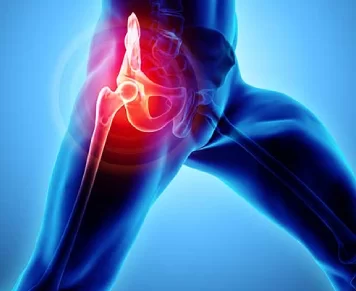
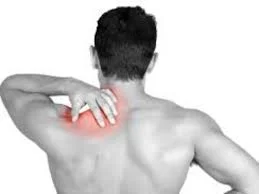
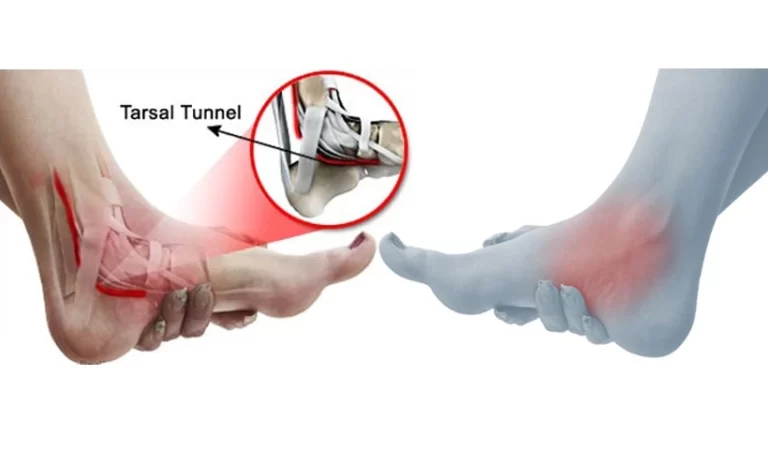
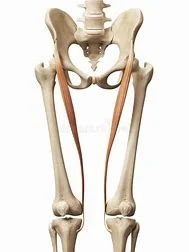
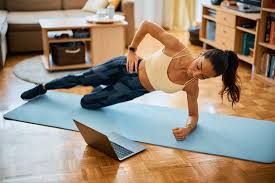
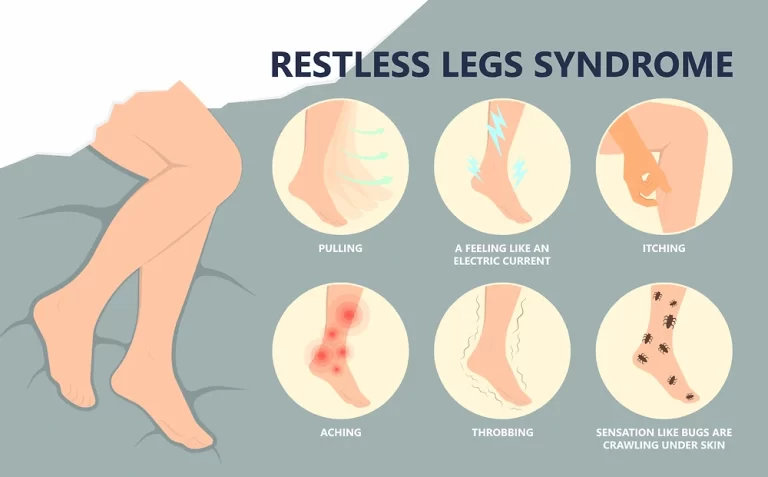
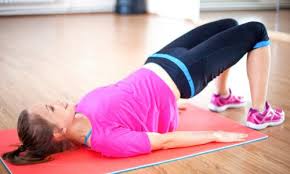
One Comment